Watching the TV show Treme as a capstone to our studies of New Orleans is a perfect conclusion to our media consumption. The show begins in the aftermath of Hurricane Katrina and in the very first episode we are exposed to a family returning to their flooded home, the first Second Line parade since the storm, a Jazz Funeral, the anguish of missing loved ones, the frustration with the federal government, and a communal gripe about the circumstances of the times.
The show does a particularly good job of situating the viewers in the community. Watching the show, I feel a sense of kinship with the characters as they ask about each other’s homes after the storm. That particular line repeated often, explicitly tells the viewers that a lot has happened before we joined them.
“How’s your house?”
When the characters ask about their neighbors’ homes, we feel like we’re in on the secret because we know what they are asking even though we weren’t there when the damage was done. After watching City of A Million Dreams I feel the significance of the first Second Line since Katrina. And after seeing When the Levees Broke, I feel the rage of New Orleans residents talking to reporters about what had happened to the levees. I am right there with them, yelling at the corps of engineers.
In light of the cultural wealth and the shared tragedy, I understand why a trumpet player would be content to play in New Orleans for the rest of his life.
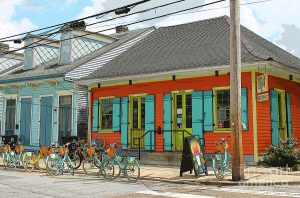
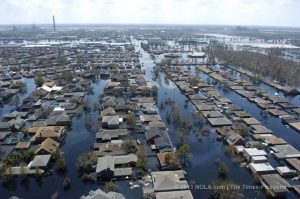
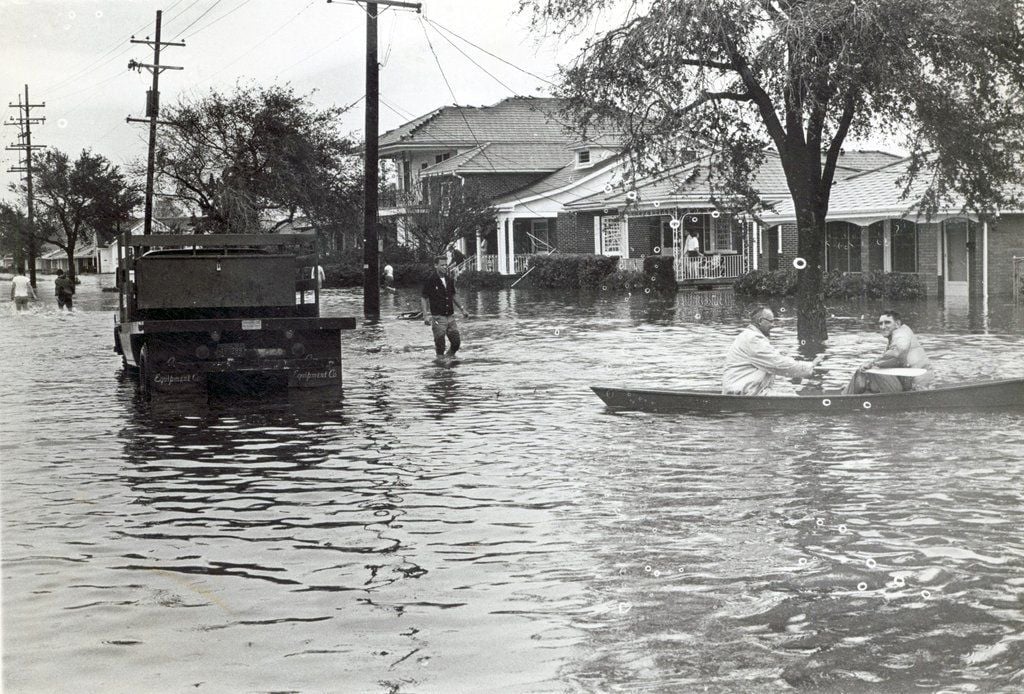
 Hurricane Katrina was not handled well and became the catalyst for change of how incident managements were handled. There were many failures on the federal level. The Federal Emergency Management Agency (FEMA), and other agencies, at the time of Katrina did not require for the people in leadership positions to have experience in incident management. This is why the director of FEMA at the time of Katrina, Michael Brown, supervised judges at horse shows before becoming director and got the job only through his connections not by experience. One of the other problems that happened with Katrina was the communication infrastructure was down so there was a lack of communication with every party because there was no ability to communicate easily. There was a lot of communication breakdown because of this and the lack of communication between the different levels of government and groups. One of the other problems was that there was a slow response from FEMA and the federal government as they waited until after the storm to start sending people instead of setting up before the storm. The paperwork and logistics were not done before the storm as it should have been. Another problem was that FEMA did not want to have individuals to help because they felt that the individuals were a liability, so they continually turned down volunteers from helping. From Katrina there were a lot of changes to FEMA and the way that all incident managements were done.
Hurricane Katrina was not handled well and became the catalyst for change of how incident managements were handled. There were many failures on the federal level. The Federal Emergency Management Agency (FEMA), and other agencies, at the time of Katrina did not require for the people in leadership positions to have experience in incident management. This is why the director of FEMA at the time of Katrina, Michael Brown, supervised judges at horse shows before becoming director and got the job only through his connections not by experience. One of the other problems that happened with Katrina was the communication infrastructure was down so there was a lack of communication with every party because there was no ability to communicate easily. There was a lot of communication breakdown because of this and the lack of communication between the different levels of government and groups. One of the other problems was that there was a slow response from FEMA and the federal government as they waited until after the storm to start sending people instead of setting up before the storm. The paperwork and logistics were not done before the storm as it should have been. Another problem was that FEMA did not want to have individuals to help because they felt that the individuals were a liability, so they continually turned down volunteers from helping. From Katrina there were a lot of changes to FEMA and the way that all incident managements were done.


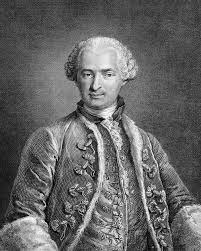
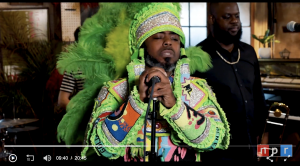
 at it is the latter. If this was the case the images were all about punctum for Bellocq and he never intended for the photographs to be seen by the public thus the studium would not have been as important.
at it is the latter. If this was the case the images were all about punctum for Bellocq and he never intended for the photographs to be seen by the public thus the studium would not have been as important.